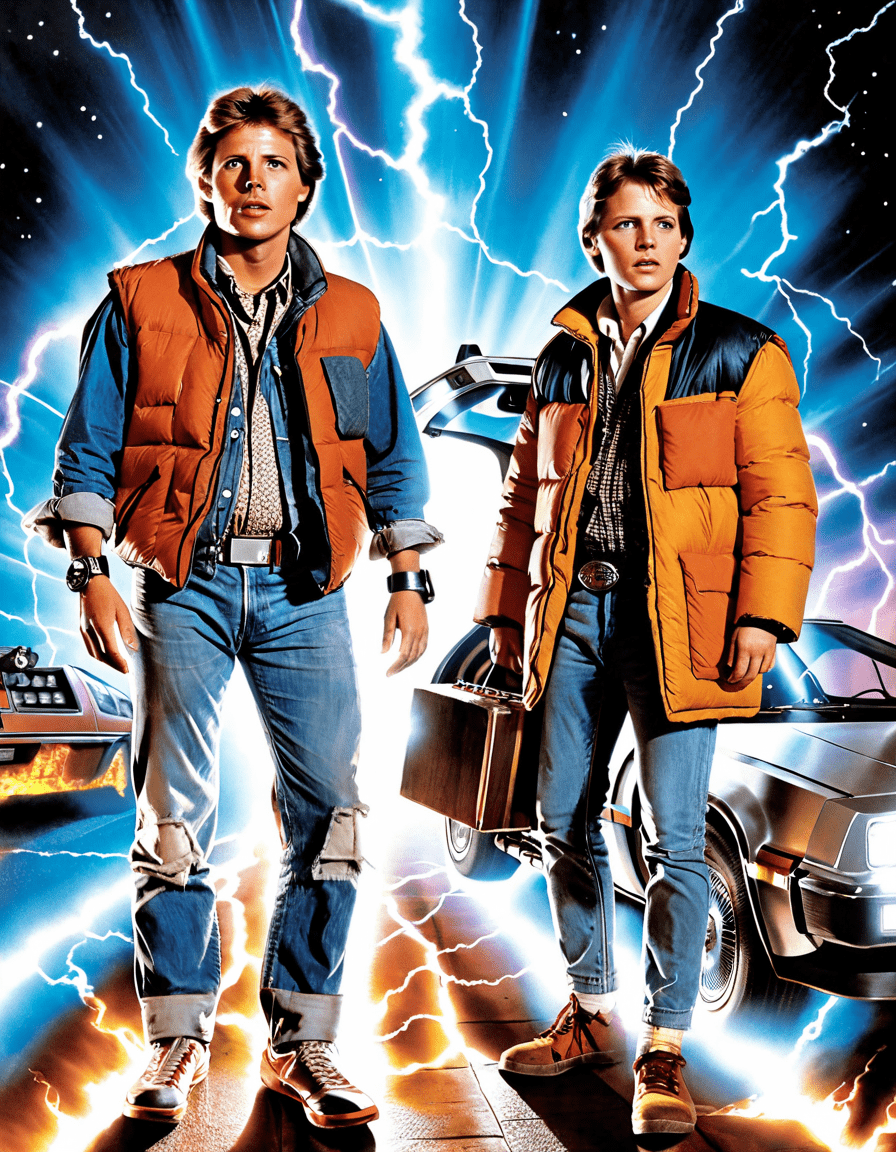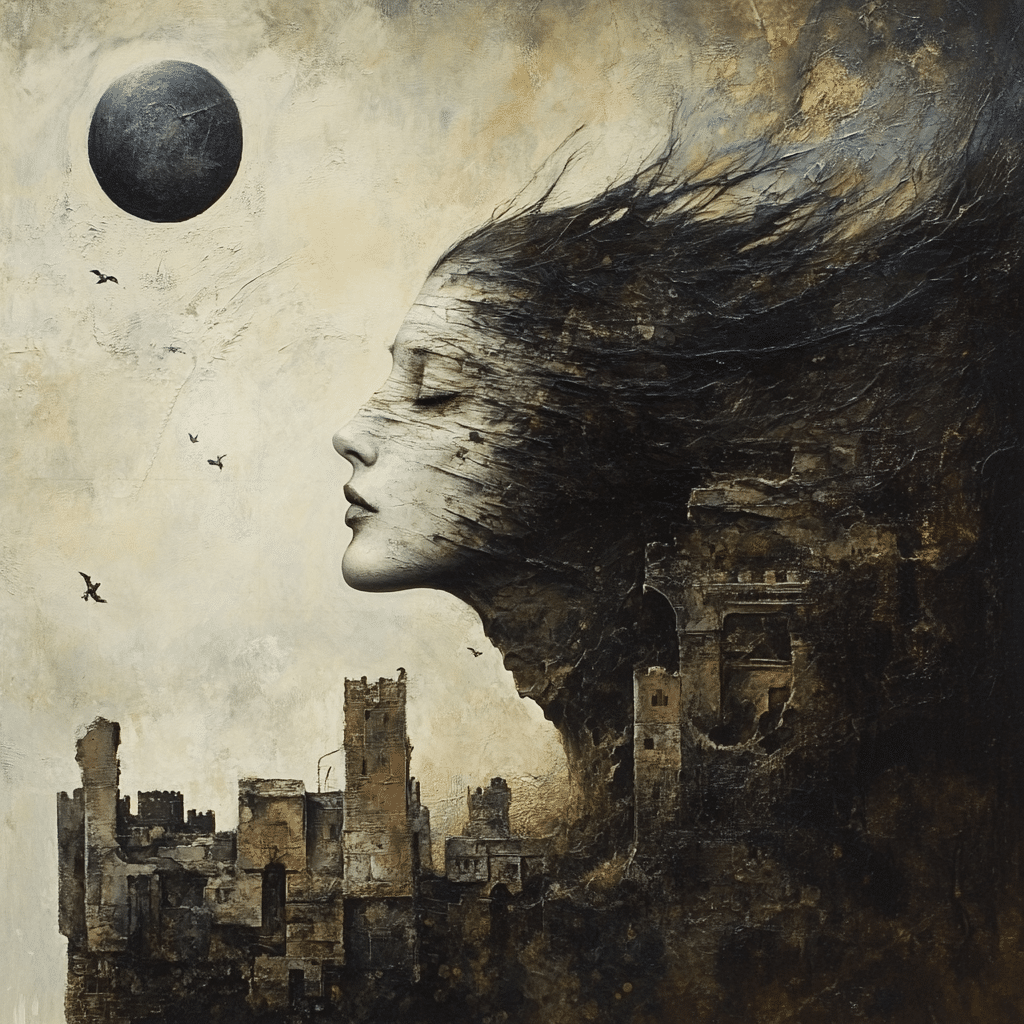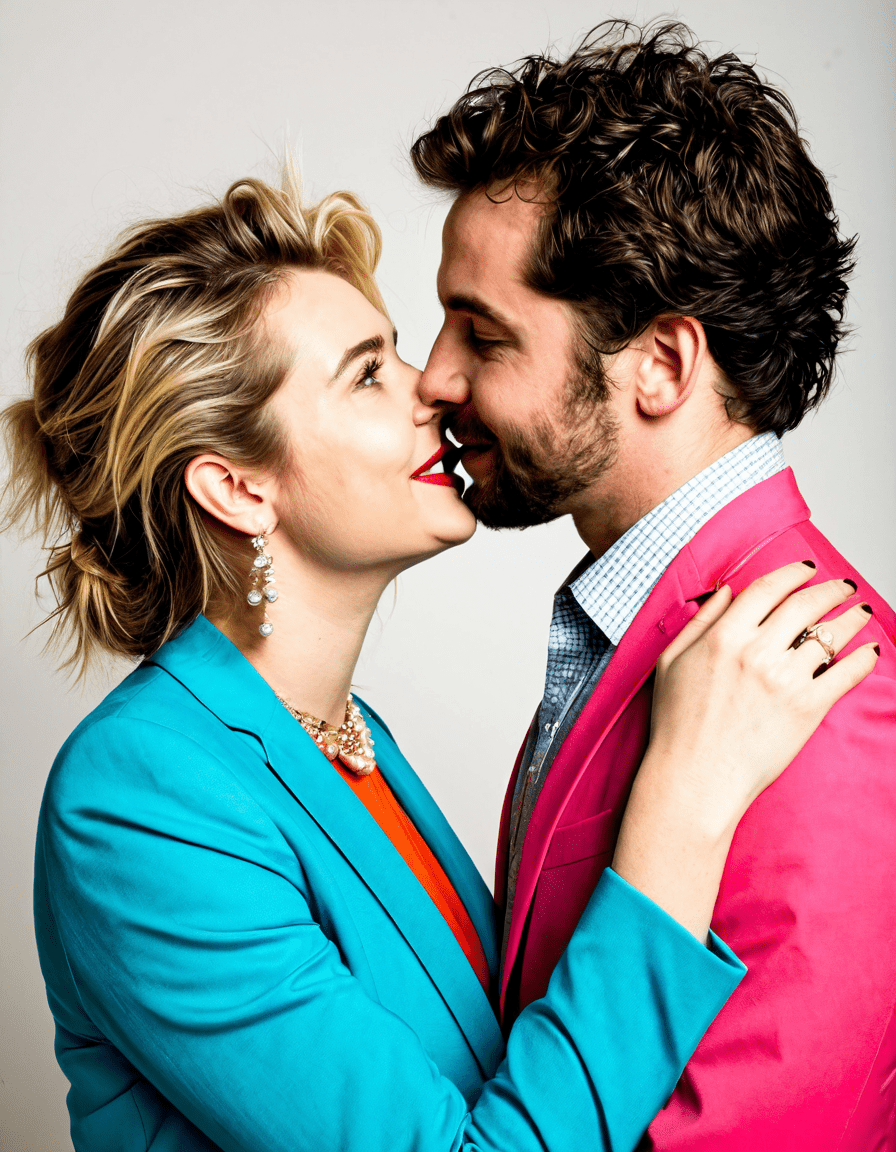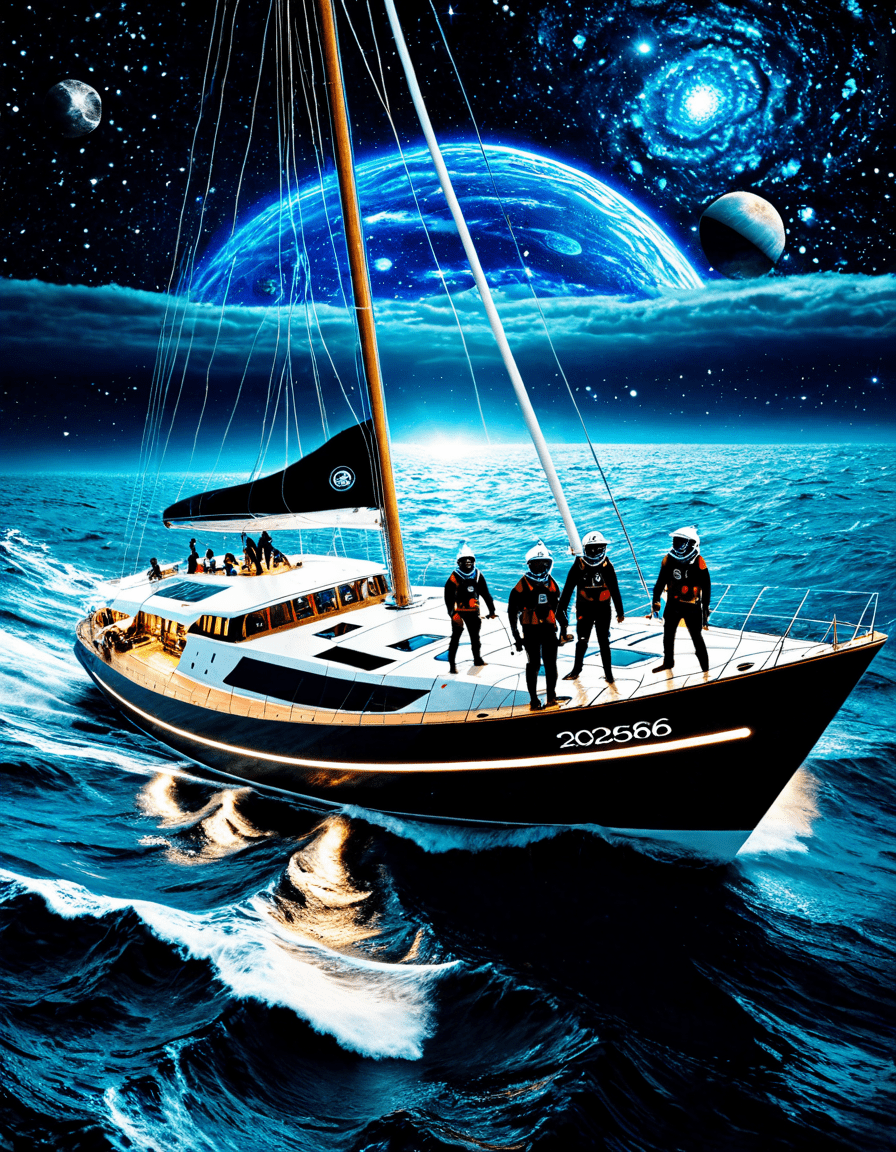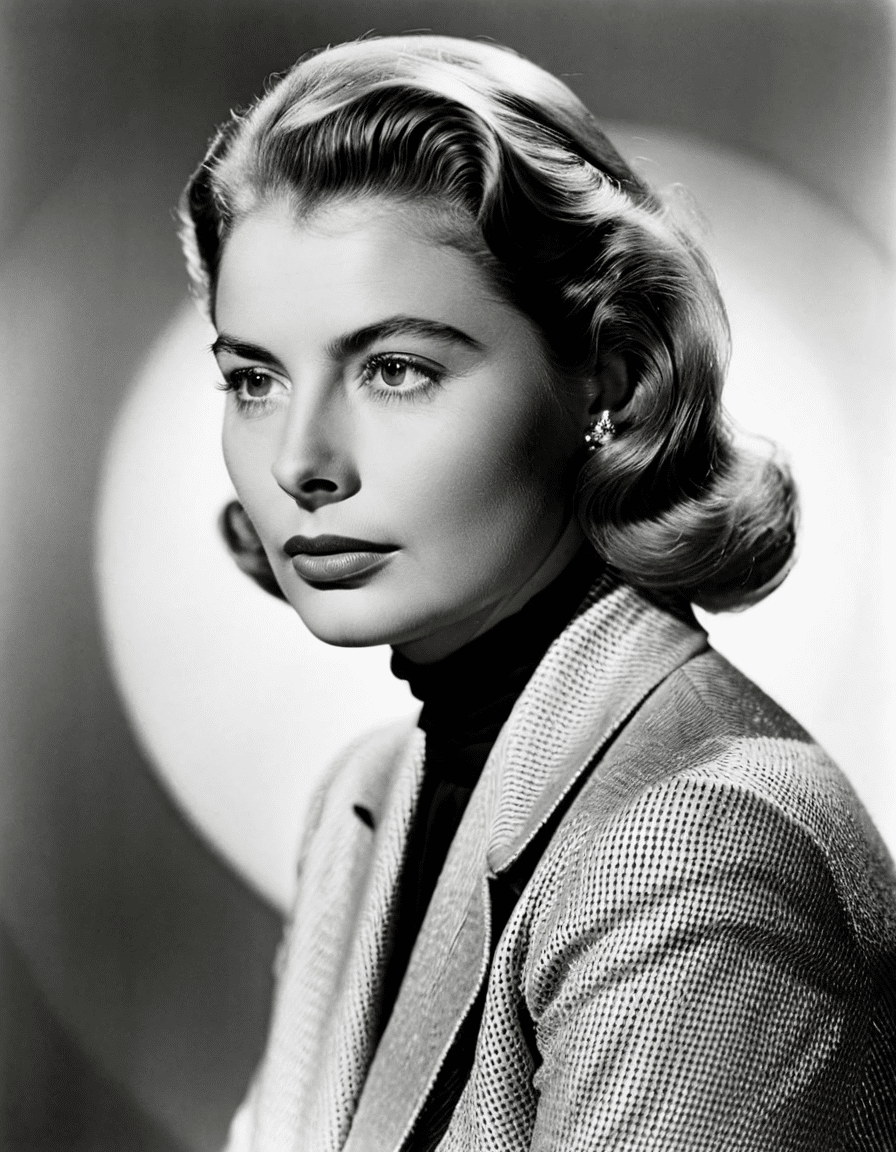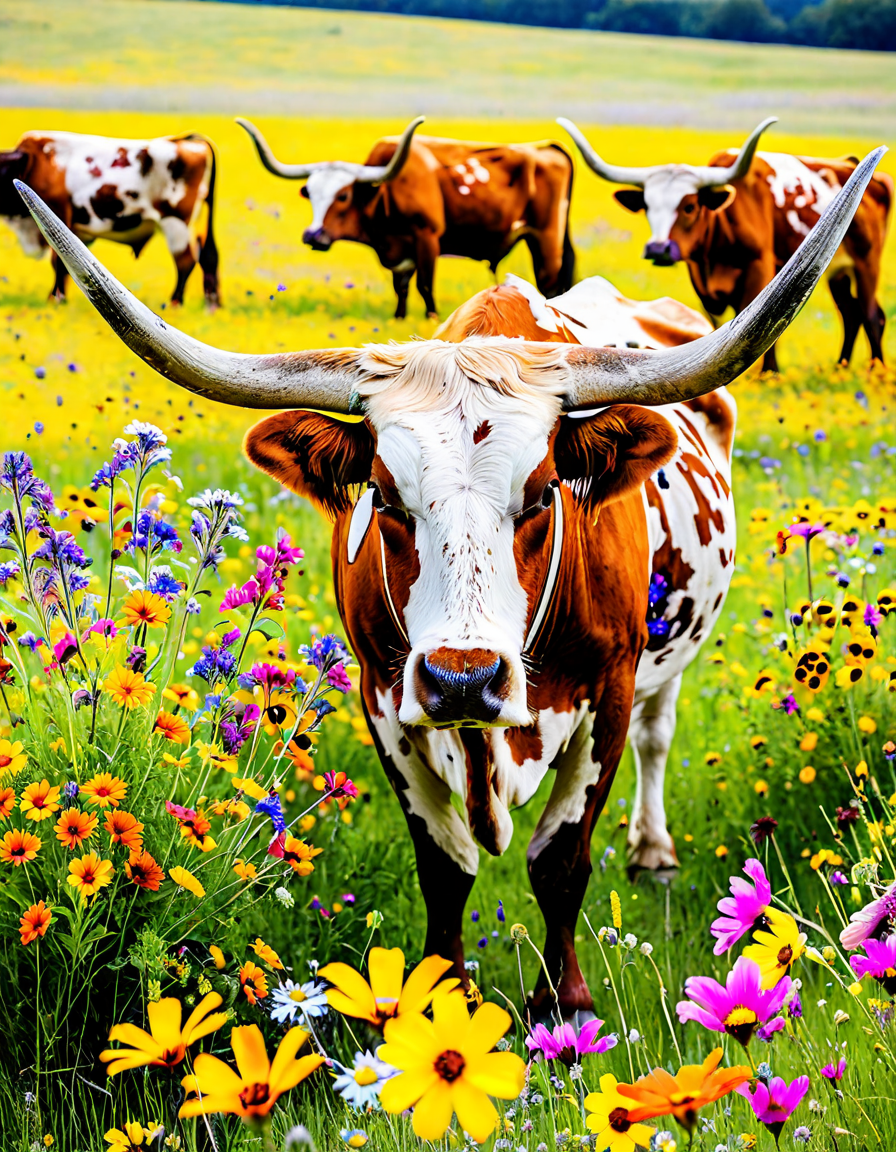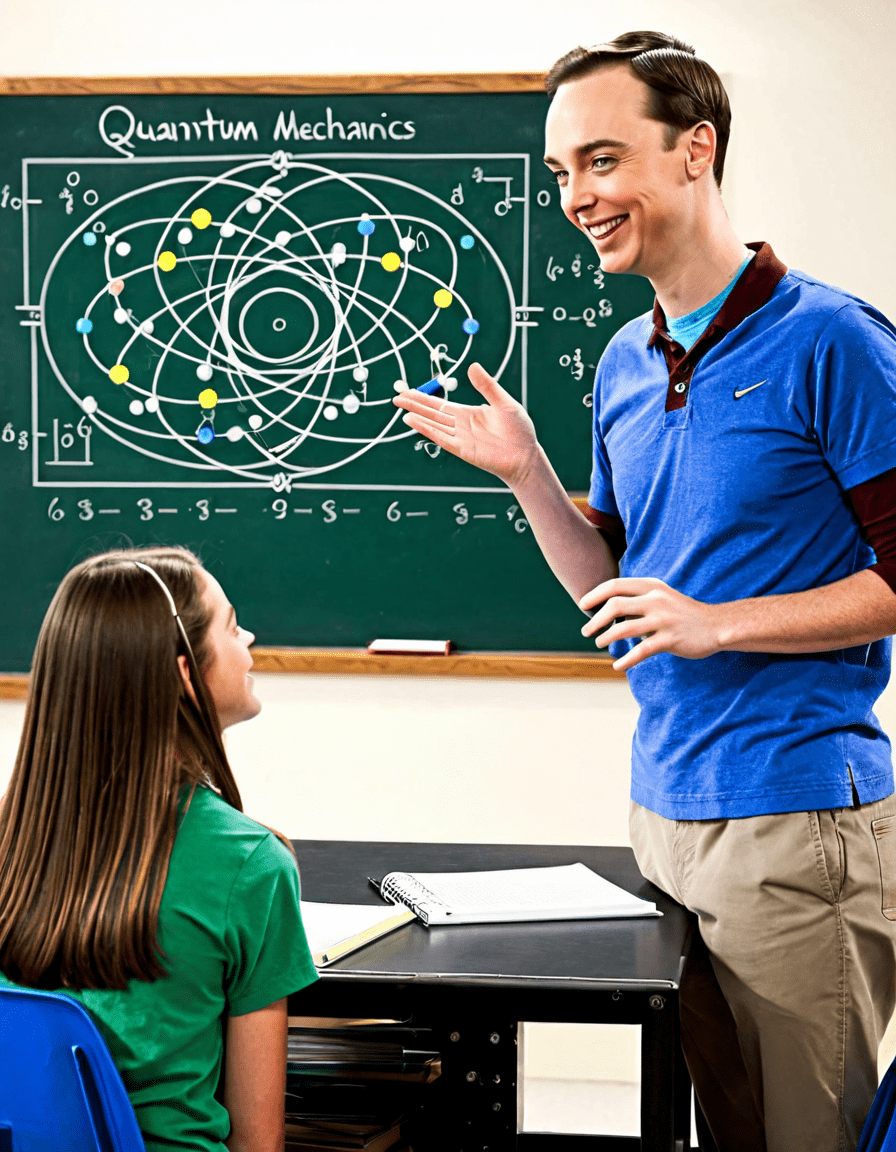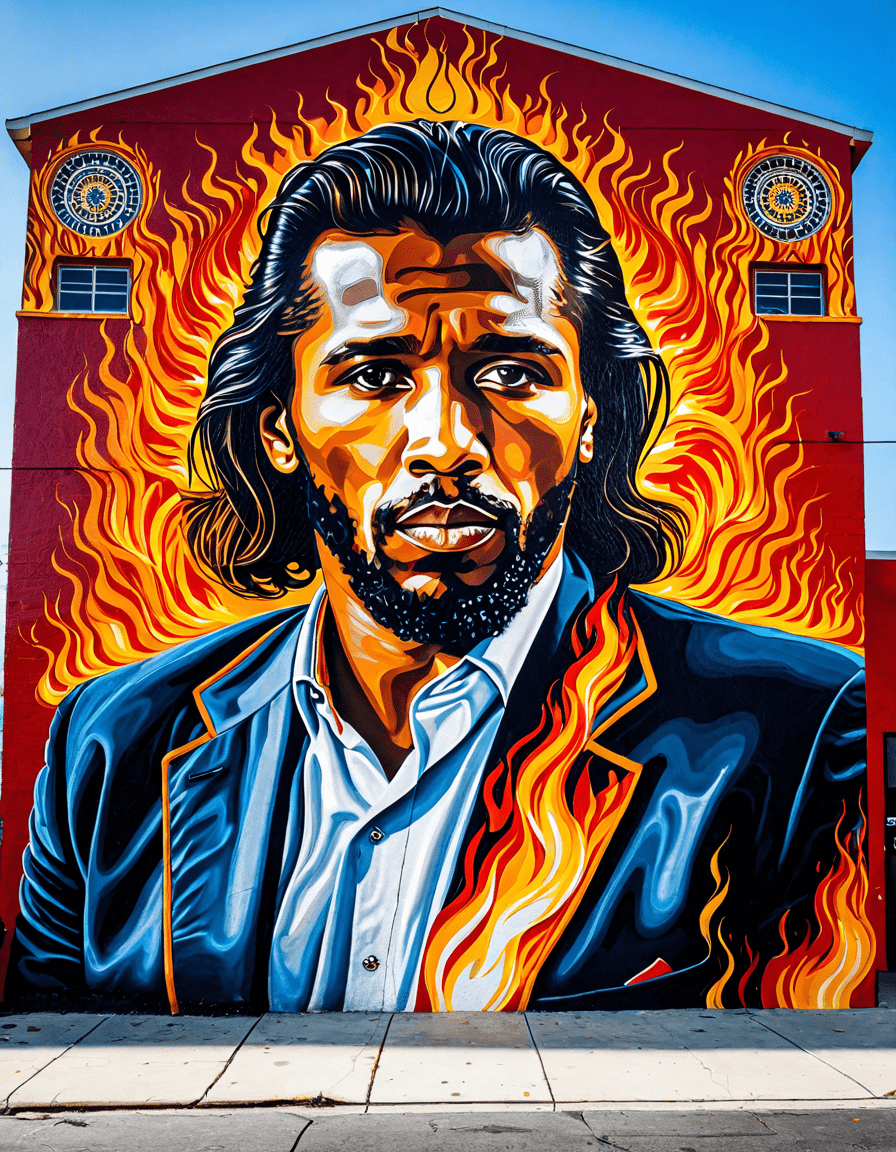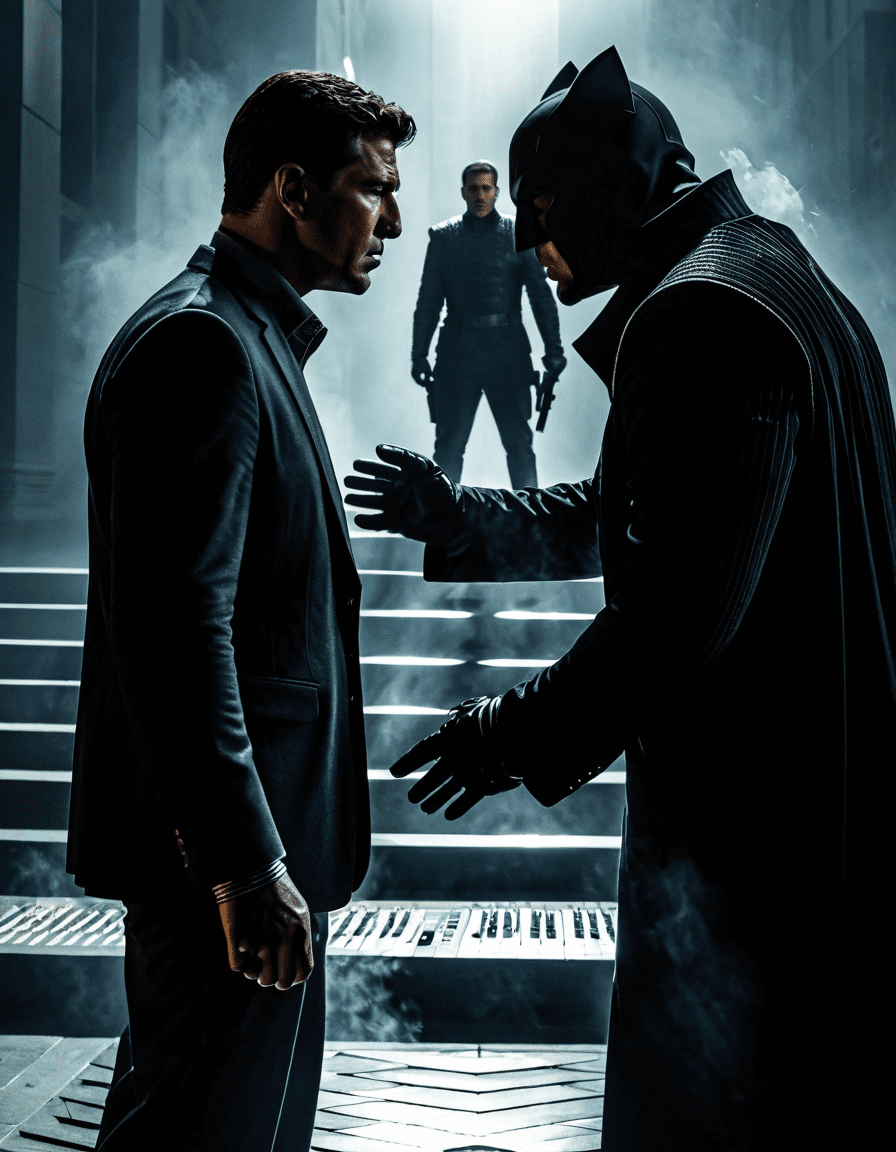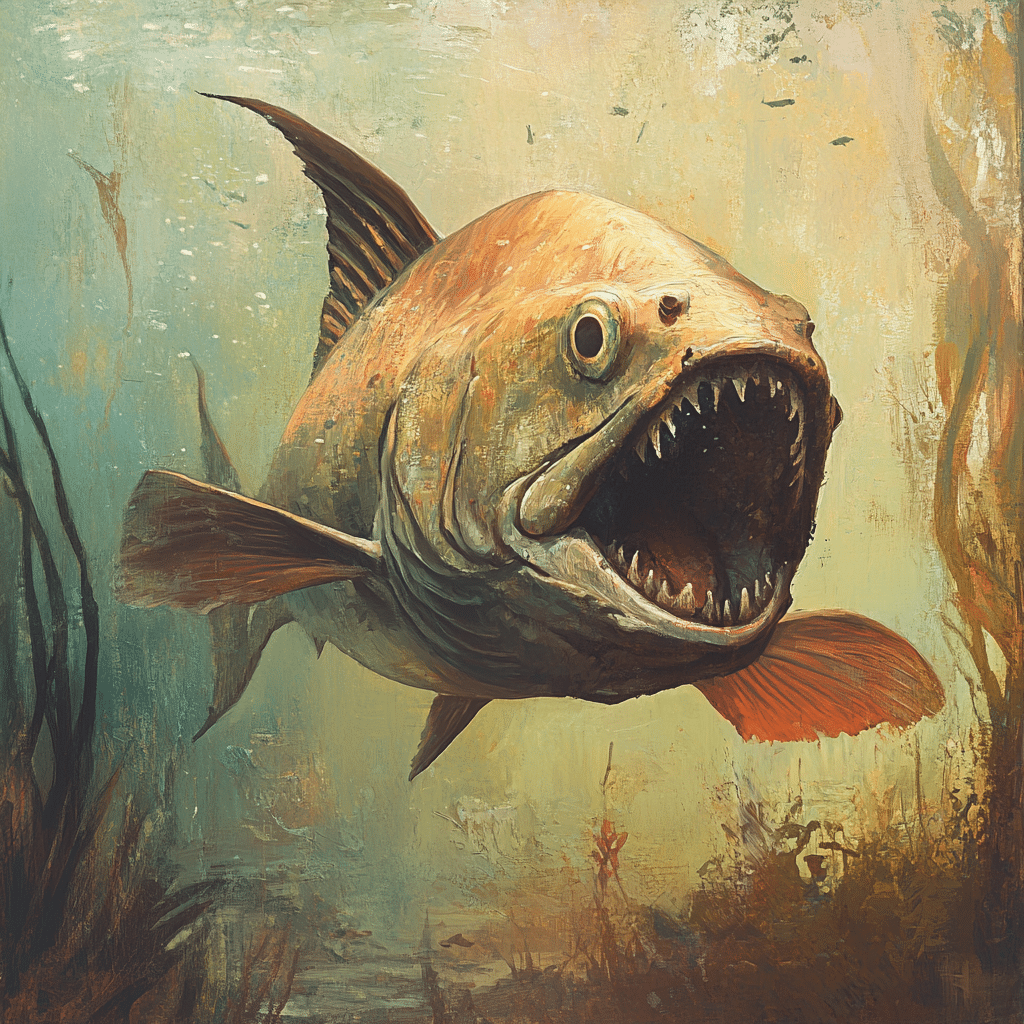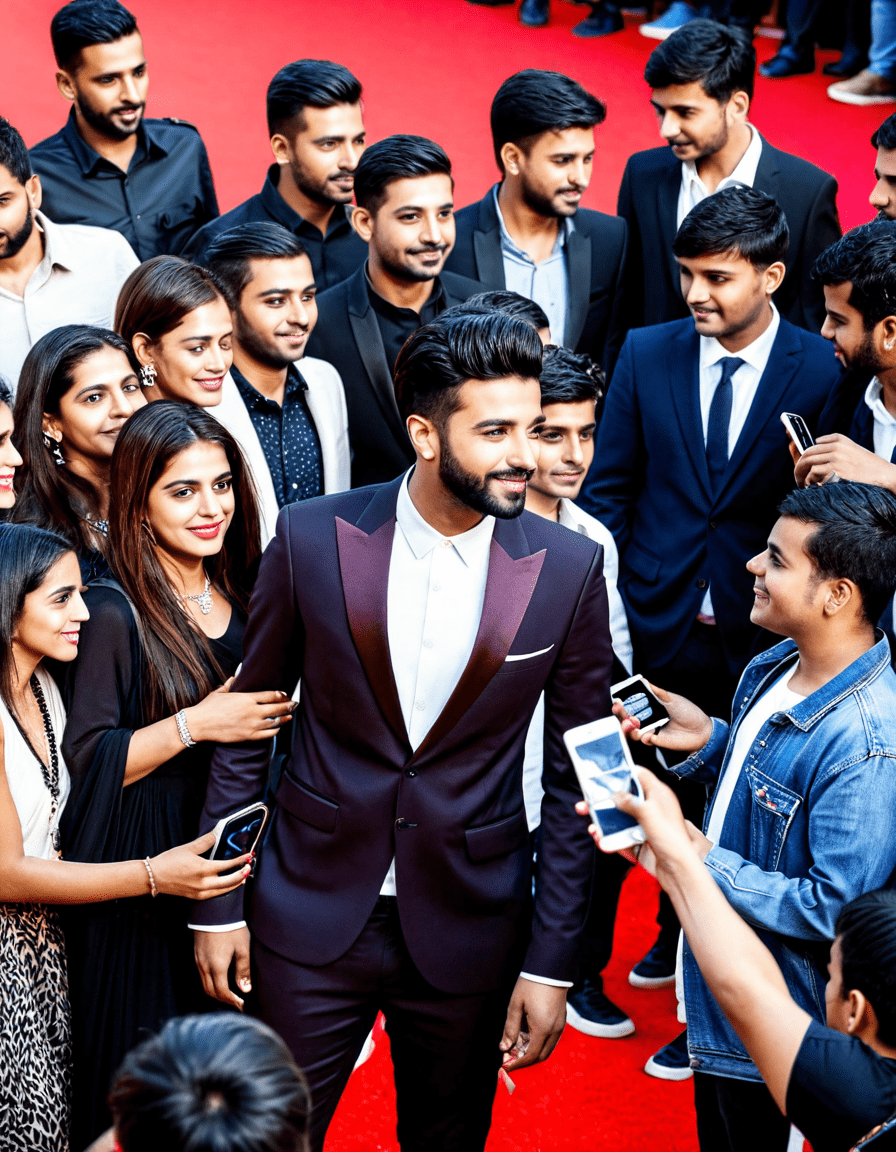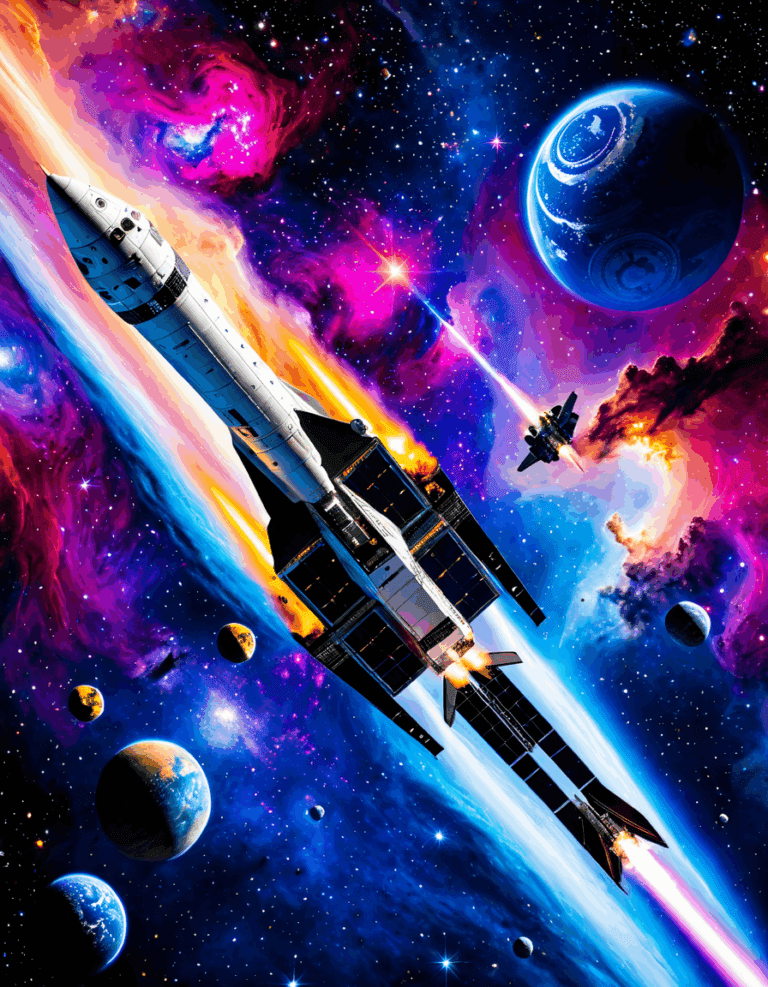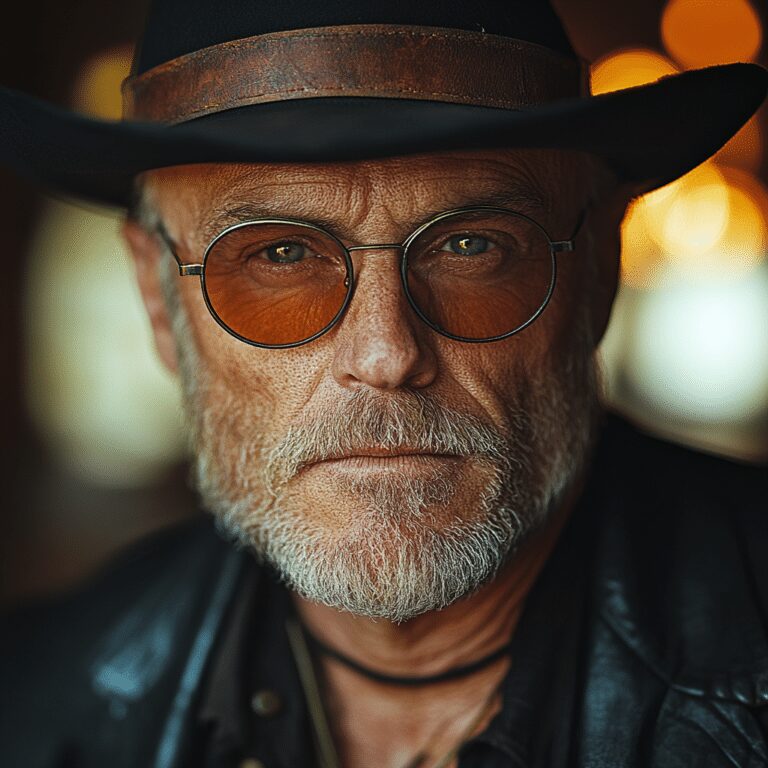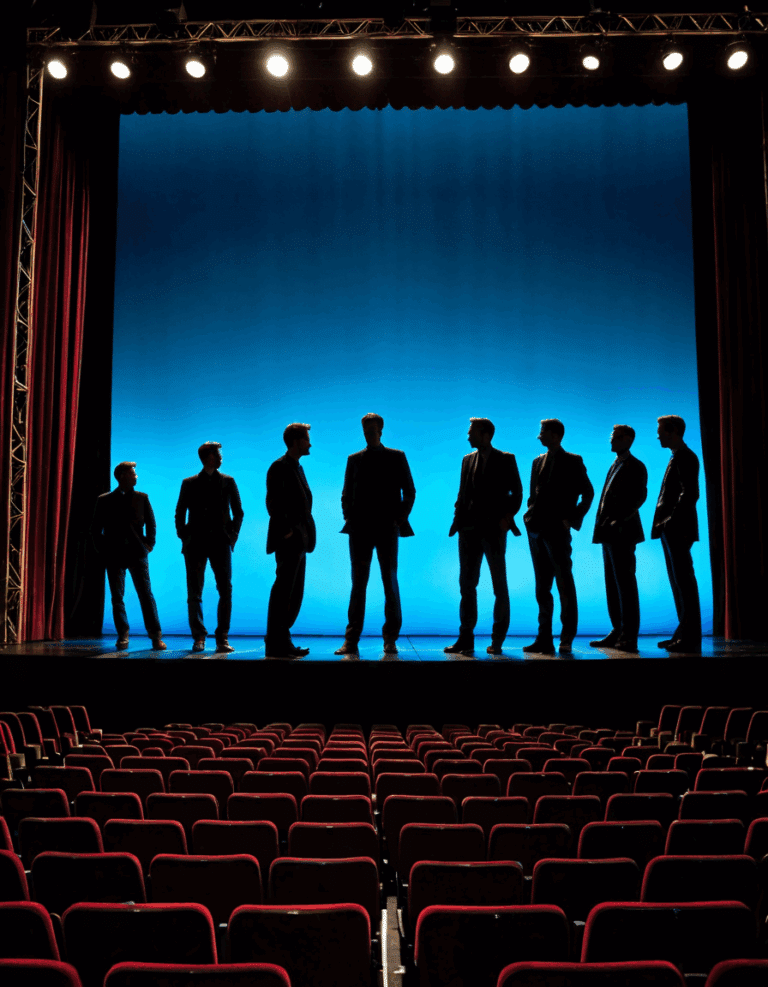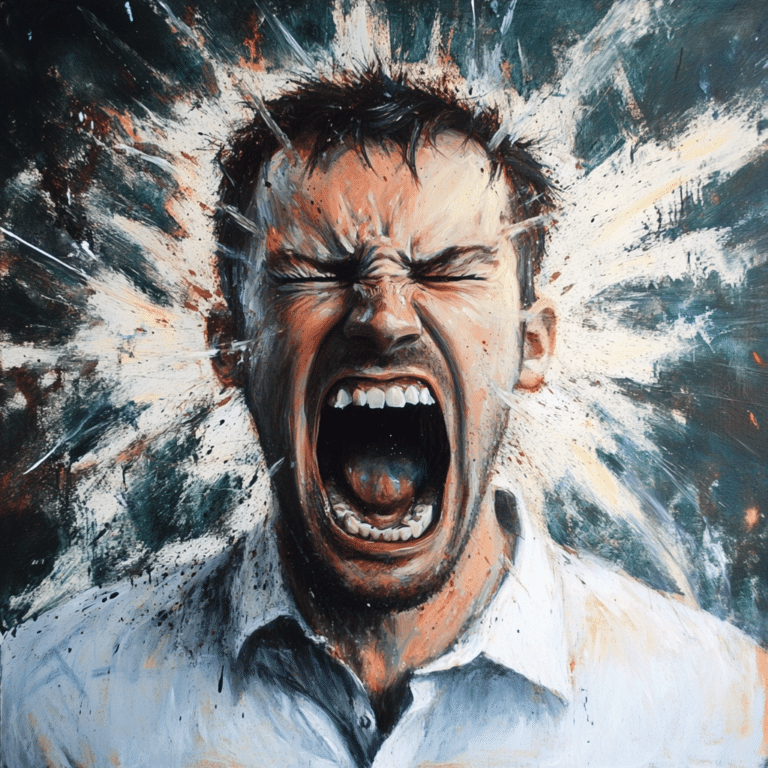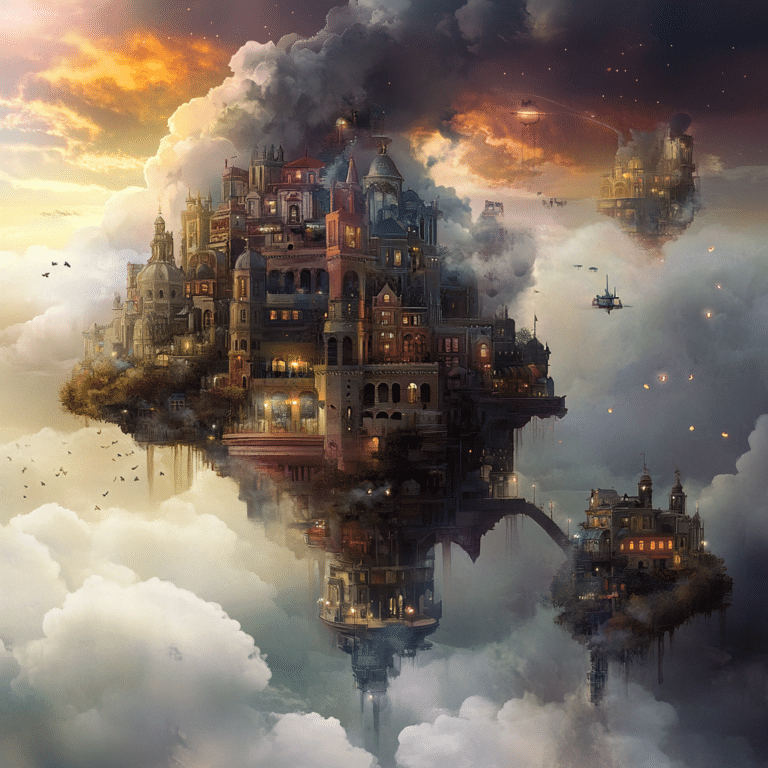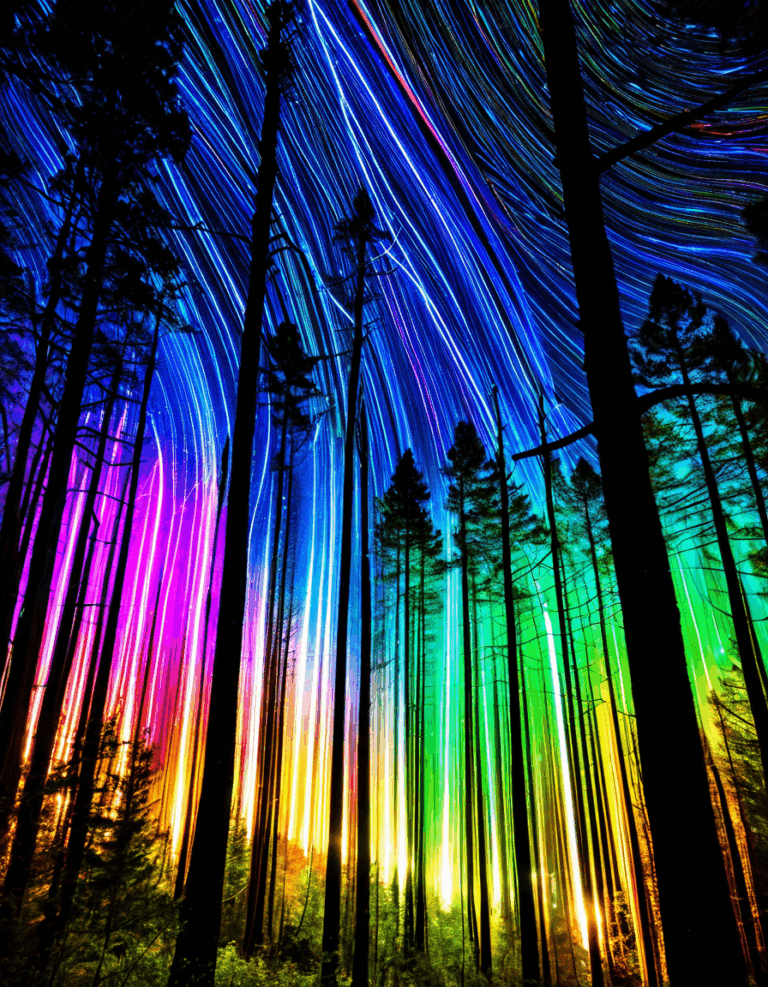Ah, “Back to the Future”—a film that has quite literally taken us back in time since its debut in 1985. With its unforgettable characters, clever writing, and a time-travel plot that had audiences spinning in their seats, this movie set a standard that still reverberates through modern cinema. It’s fascinating to see how this classic has influenced countless filmmakers and stories, ensuring that we still treasure it today. So, grab your DeLorean keys and let’s embark on a journey through time to explore seven specific ways “Back to the Future” shaped modern filmmaking.
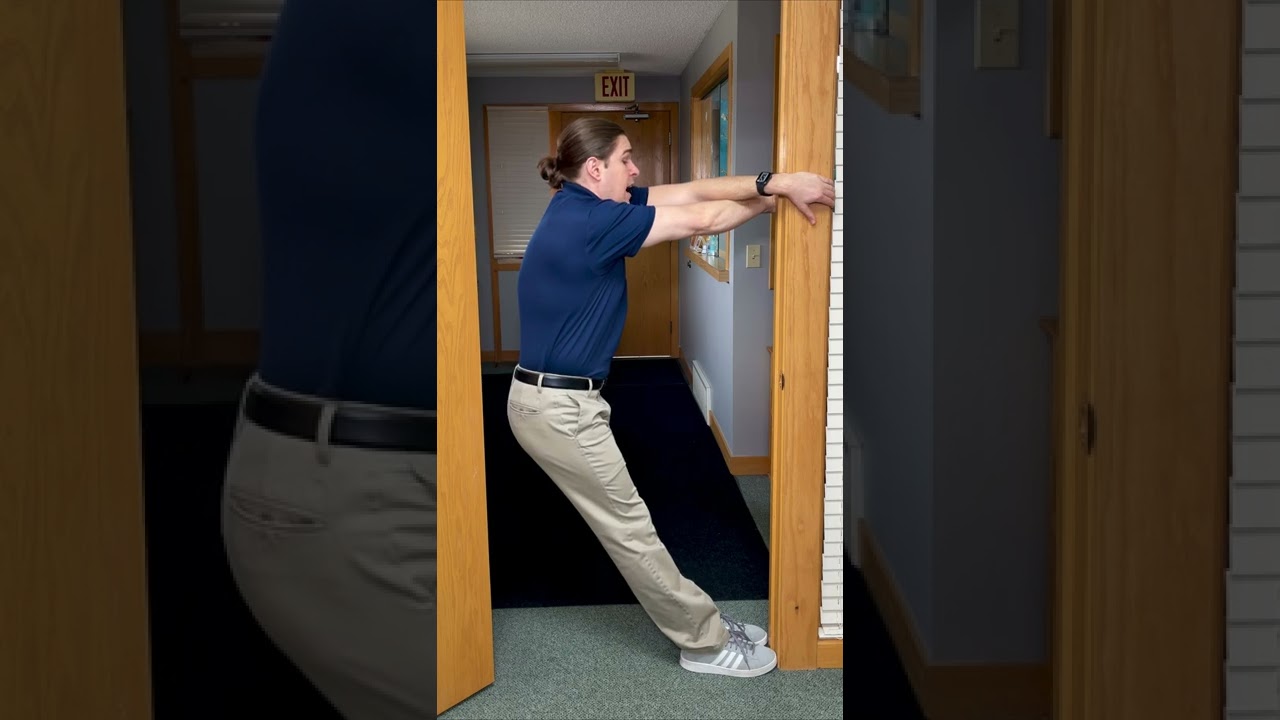
1. The 7 Ways Back to the Future Shaped Modern Filmmaking
Its influential nature simply can’t be overstated. Here are seven concrete ways this classic film has paved the path for contemporary cinema:
1.1. Time Travel Narrative Techniques
First off, let’s talk about time travel. “Back to the Future” popularized this narrative device, allowing filmmakers to explore complex timelines and paradoxes. In films like “Avengers: Endgame,” the concept of time manipulation is put to clever use, drawing from the groundwork “Back to the Future” laid. Both films dig deep into themes of destiny, free will, and the consequences of actions, but the comedic twist and charm of Doc Brown and Marty McFly? That’s all Back to the Future magic!
1.2. Comic Timing in Adventure Stories
Next up is comic timing. This film brilliantly blended humor with adventures of epic proportions. The way Marty McFly delivers his iconic one-liners has undoubtedly influenced contemporary flicks like “Guardians of the Galaxy.” When Marvel fans crack up at Star-Lord’s jokes, they’re experiencing that same blend of humor and thrill that made Martin Doc’s escapades unforgettable. It’s like a rollercoaster ride—exciting, with a laugh around every corner!
1.3. Strong Character Arcs and Relationships
Moving on, let’s keep our eyes on the friendship between Marty McFly and Doc Brown. Their chemistry and character development set a benchmark for strong relationships in filmmaking. Today’s hits, such as “The Farewell” and “Everything Everywhere All at Once,” showcase multi-layered connections that feel real and relatable. Just like Marty and Doc, modern narratives remind us that friendships can ground larger-than-life stories in genuine emotion.
1.4. The Rise of the Nostalgia Factor
Oh, the power of nostalgia! With its catchy 1980s vibe, “Back to the Future” has a knack for tugging at our heartstrings. It uses both a trip to the past and a peek into a future filled with flying cars and hoverboards. Recent films, like 2023’s “Barbie,” have leveraged this nostalgia too; they embrace hints from the 90s just like “Back to the Future” did. It seems films are often looking back—whether it’s for inspiration or a dose of good ol’ fashioned nostalgia!
1.5. Technological Integration in Storytelling
Now let’s not forget the film’s innovative take on technology. The DeLorean wasn’t just a sleek ride; it was central to the story’s progression. Current hits like “Inception” and “Ready Player One” have taken this lesson further, where technology plays a crucial role both thematically and narratively. This intersection of tech and human experience has become a hallmark of modern storytelling.
1.6. Multi-Generational Appeal
The time-travel aspect of Back to the Future also excels in its cross-generational appeal—enticing both the youngsters and those nostalgic for the past. This trend is evident in reboots and sequels of franchises today, such as “Jurassic World,” which cleverly caters to fans of the original “Jurassic Park.” Thanks to this timeless approach, it’s clear that “Back to the Future” has influenced how filmmakers create content that resonates across ages.
1.7. Cultural References and Iconography
You can’t talk about “Back to the Future” without mentioning its rich iconography. From the DeLorean to the flux capacitor, it’s a treasure trove of memorable symbols. Modern movies, such as “Spider-Man: No Way Home,” have also embraced this trend, weaving in cultural references and callbacks that enhance the storytelling experience. Who doesn’t love a little nod to the classics amidst the new?
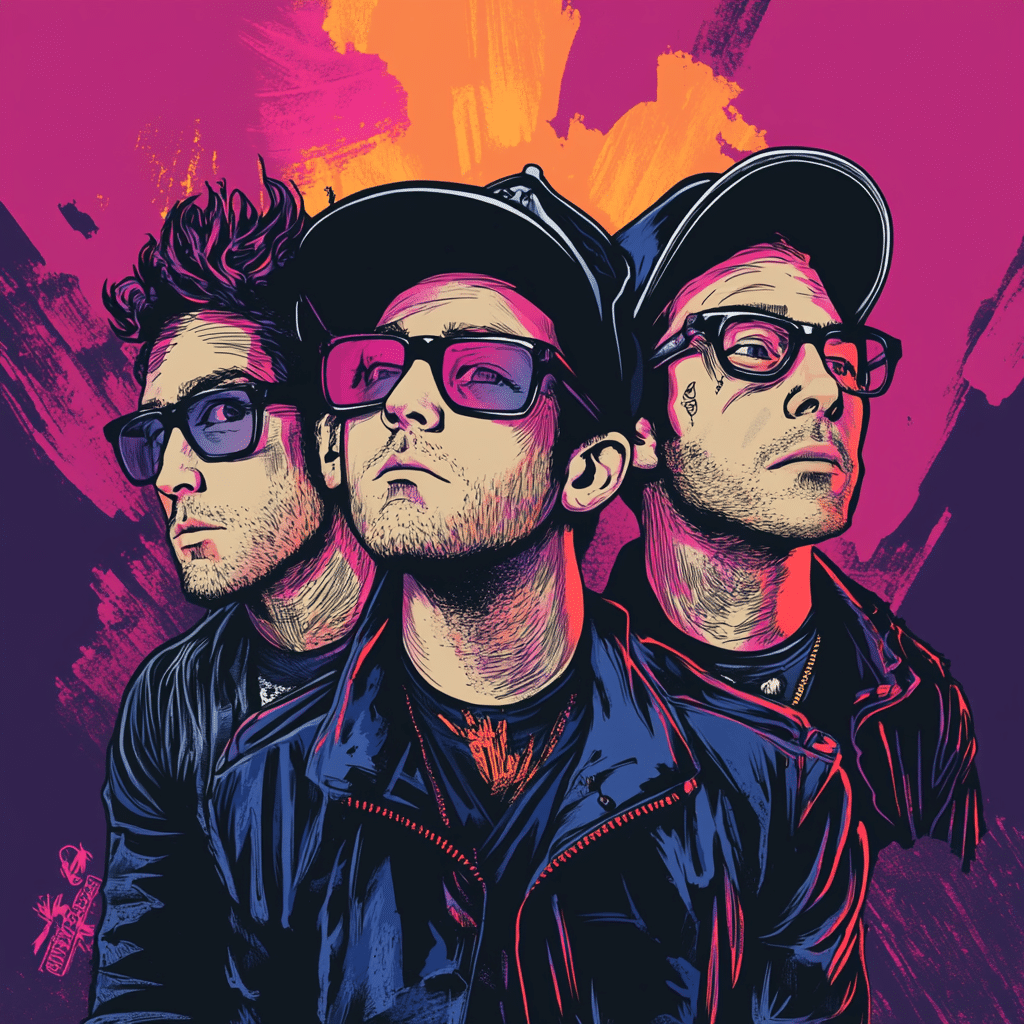
2. The Influence of Back to the Future on Genre Innovation
Not only did “Back to the Future” shape narratives, but it also acted as a major catalyst for innovations in genres like science fiction and fantasy. Robert Zemeckis’s ability to blend humor with thrilling sci-fi elements continues to inspire major studios today.
2.1. Blending Genres for Enhanced Storytelling
The film’s unique cocktail of comedy, romance, and science fiction encouraged mixing genres. Recent works, such as “Ghostbusters: Afterlife,” have adopted this recipe too, presenting stories that delight a broad audience spectrum. This allows creators to explore diverse narratives, making cinema richer and more engaging—something audiences are absolutely here for!
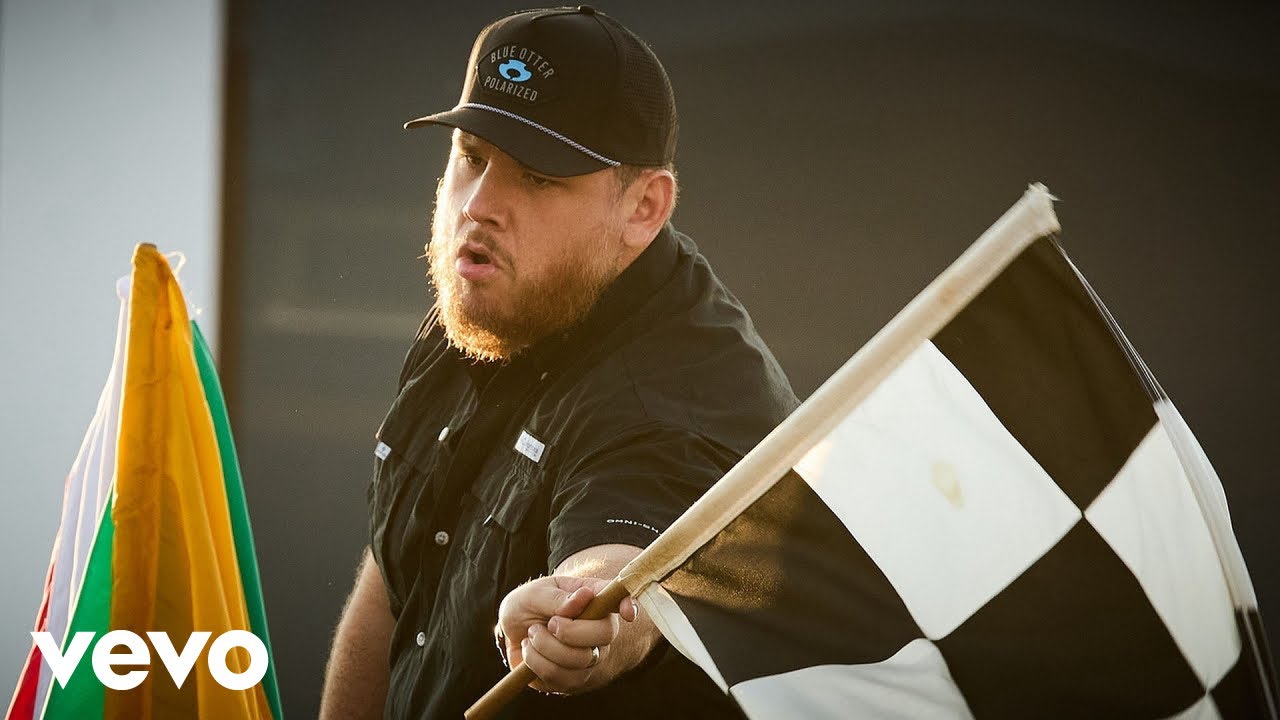
3. A Retrospective Look at Audience Engagement
The cultural impact of “Back to the Future” also highlights its knack for audience engagement. Beyond the screen, it spawned rides and merchandising, such as LEGO’s engaging build sets from the film. Modern franchises now focus on interactive experiences—like “The Mandalorian.” Much of this forward-thinking stems from classic films capturing the loyalty and imagination of their fans.
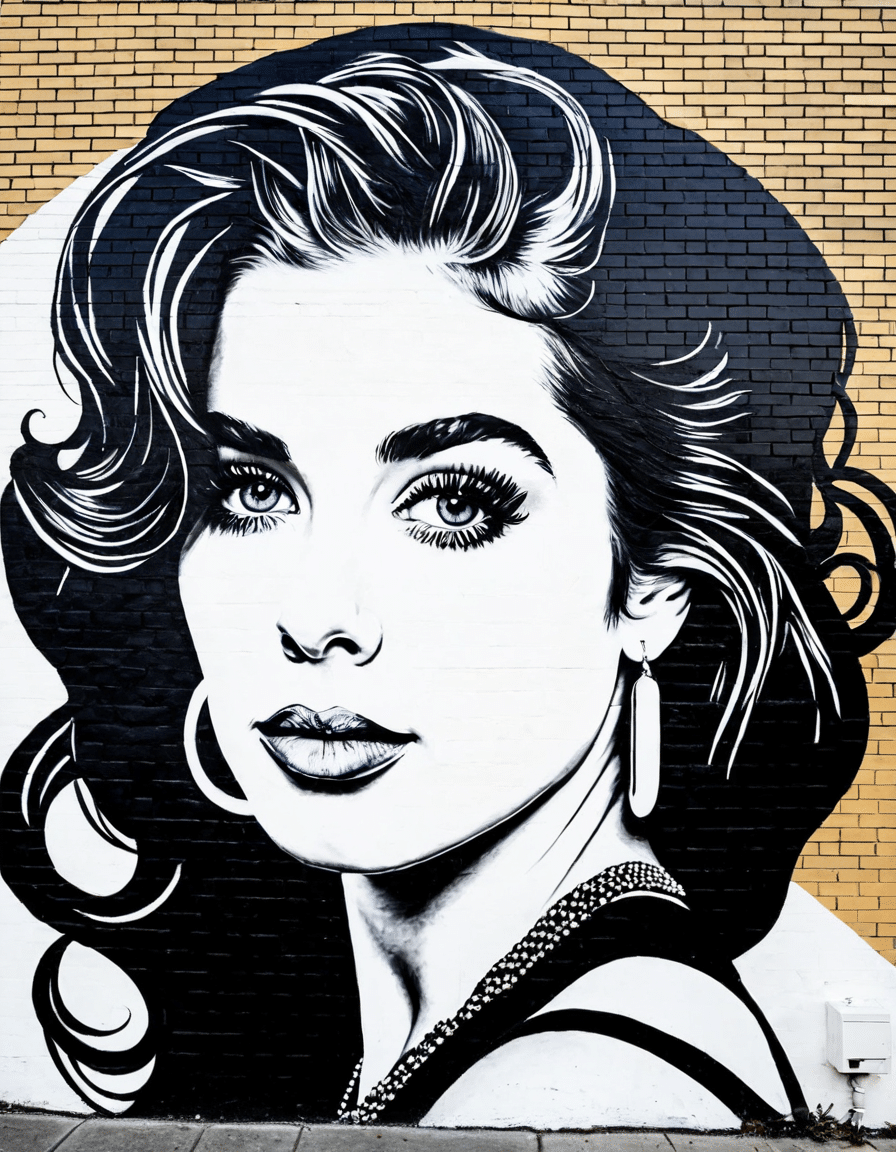
4. Creating Tomorrow’s Classics Today
As we take a moment to ponder how “Back to the Future” has shaped cinema, remember that it has established a blueprint for future filmmakers. Its influence runs wide and deep, pushing creative boundaries and encouraging filmmakers to explore themes that resonate across decades.
From cross-genre narratives to character dynamics that tug at the heartstrings, it’s clear the effects of Back to the Future are alive and well in today’s cinematic landscape. As we honor this beloved film, one can’t help but question: what will be the next big “Back to the Future”? The answer may lie in untold stories waiting for their moment—inviting writers, directors, and audiences alike to dream boldly and inspire narratives that challenge the boundaries of time, technology, and imagination.
Before you go, don’t forget to check out some other fascinating topics like Titus Welliver latest roles or Adam Devines comedic genius. And hey, if you’re curious about a classic character like Nefertiti or how those Lululemon Abc pants fit into modern fashion, just click and discover more!
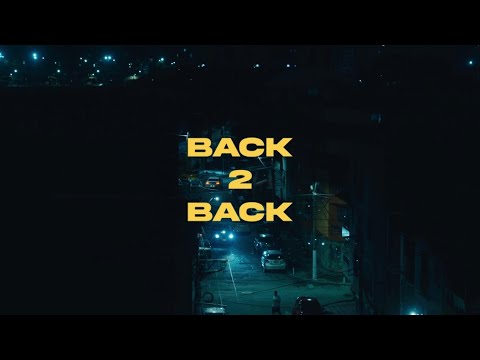
Back to the Future’s Backward Glance at Hollywood
The Time-Travel Effect
“Back to the Future” isn’t just a nostalgic ride through the ’80s; its influence stretches far and wide in today’s filmmaking. The film deftly plays with time travel concepts that have inspired many modern directors to explore non-linear storytelling. You can see echoes of this in everything from big-budget blockbusters to indie flicks, like Creep Creep, which cleverly uses tension and suspense to draw viewers in. Plus, we can’t ignore how the time-travel trope has shaped genres beyond science fiction, paving the way for a more imaginative form of storytelling.
A Backward Looking Perspective
Did you know that “Back to the Future” has a kind of star-studded legacy? One fascinating fact is that it’s been a launching pad for many actors, both known and lesser-known. Take Ian Anthony dale, for example, who later became known for roles that showcase his dynamic range Ian Anthony Dale. The film has also nourished the careers of numerous actresses, bringing attention to talents like Felicity Blunt, whose involvement in the industry has steAdily grown since her early days Felicity Blunt. These connections show how the film’s reach goes beyond entertainment into launching careers and creating influential networks.
The Lasting Impact of the “Back” Effect
The film’s signature phrase, “Great Scott!” has become iconic, deeply ingrained in pop culture. It’s often thrown around as a fun reference, demonstrating the film’s organic infiltration into daily language. People also remember characters like Jennifer Parker, played with charm and charisma that resonates in dating narratives, as seen through discussions about modern relationships and the Ftv girlfriend dynamic FTV Girlfriend.Back to the Future” cleverly juxtaposes personal stories and wider societal themes, reminding today’s filmmakers about the connections between characters, plots, and audience engagement.
In short, this sci-fi classic, which sent Marty McFly zooming back in time, serves as not just a film but a legacy that inspires creativity. From the wild antics that defined the film (like that unforgettable DeLorean) to career-changing moments for actors, its influence lingers like a fond memory. With each new wave of filmmakers borrowing elements from its storytelling magic, “Back to the Future” remains a timeless piece that encourages future projects to boldly look back while soaring forward.
